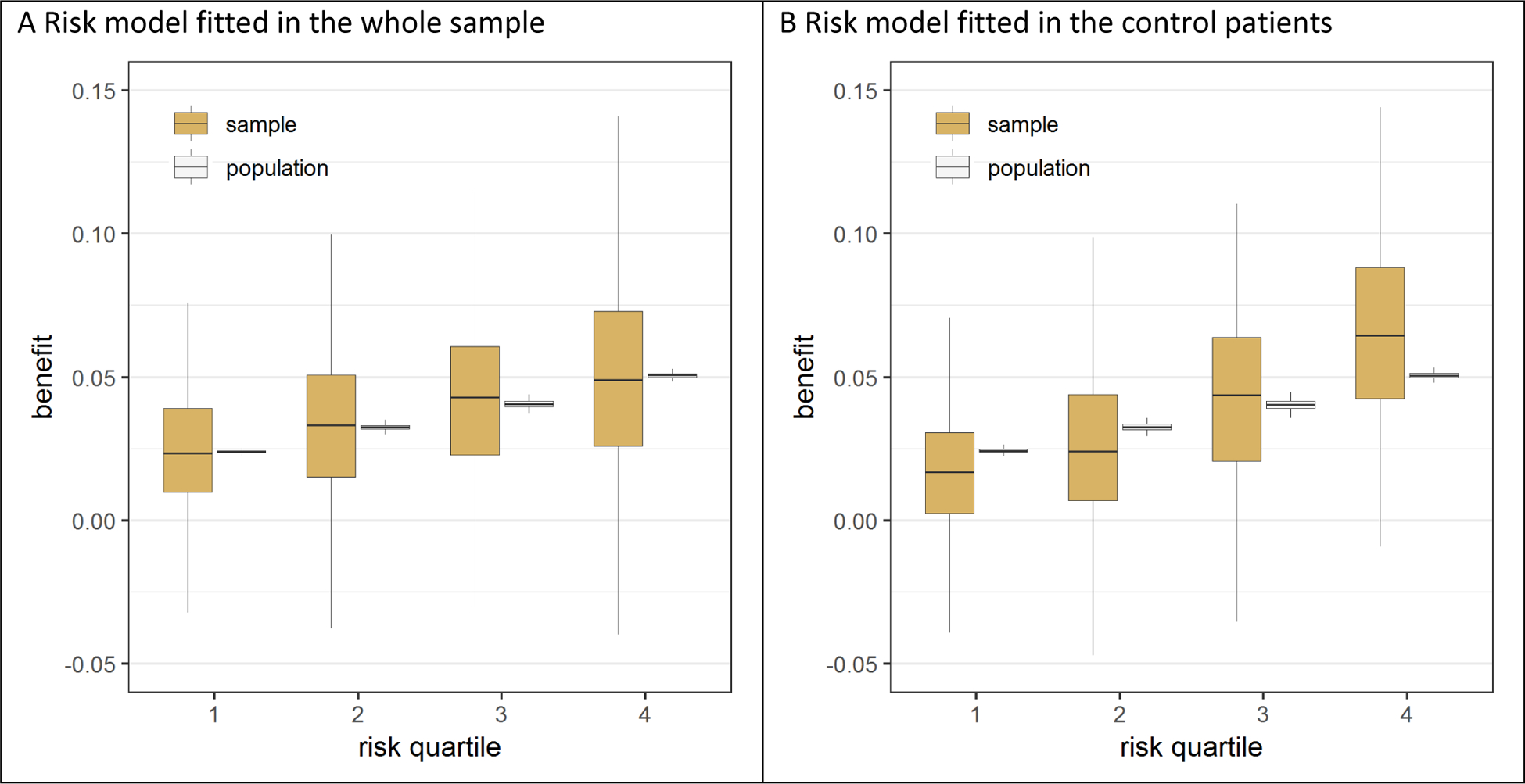Figure 1. Risk modeling on only the control patients led to an exaggeration of the treatment effect heterogeneity across predicted risk quartiles.

In the base case simulation scenario without true interaction, the risk model was fitted in either the whole sample or in the control patients of the sample. When the model fitted on the whole sample was used for stratification in risk quartiles (panel A), the observed benefit in the sample (brown bars) is an unbiased estimate of the observed benefit in the population (white bars). In contrast, when the model fitted on the control patients was used for stratification in risk quartiles (panel B), the observed benefit in the sample is too heterogeneous across risk quartiles compared to the observed benefit in the population.
